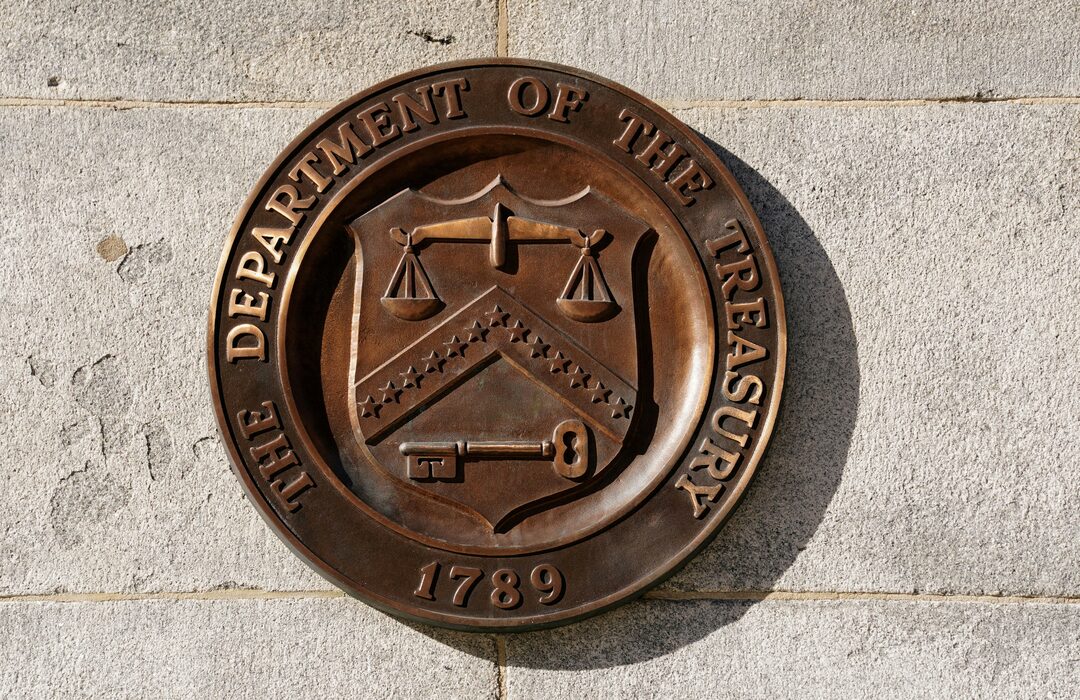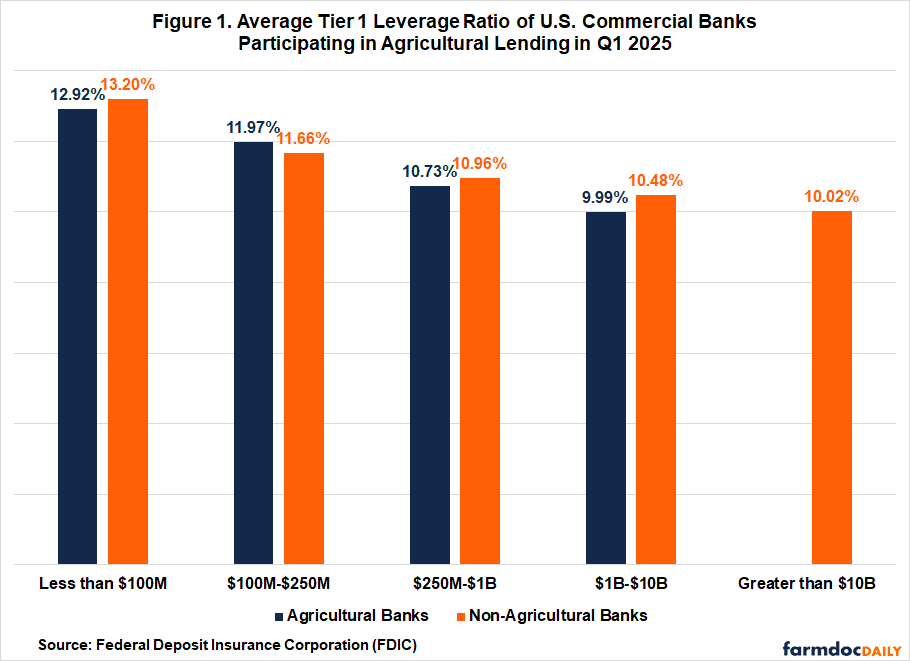US regulators are preparing to unveil a plan aimed at encouraging small banks to increase lending by easing capital requirements. According to sources familiar with the matter, the proposal, currently under review at the White House, would lower the community bank leverage ratio (CBLR) from 9% to 8%, the minimum level permitted by law. This change would allow lenders to comply with the CBLR instead of using risk-based measures related to their portfolios.
The Independent Community Bankers of America (ICBA) has long advocated for this adjustment, arguing that it would enable community banks to lend more effectively. Rebeca Romero Rainey, president of the ICBA, stated that the new standard would enhance the competitive position of community banks and allow them to allocate more resources toward lending. She also urged Congress to raise the asset threshold for banks eligible to use the CBLR from $10 billion to $15 billion.
Federal Reserve Vice Chair for Supervision Michelle Bowman noted that while the current CBLR approach is “well-intentioned,” it fails to provide adequate relief to lenders. As of the first quarter of 2025, there were over 4,000 community banks, but only 1,662 had opted into the CBLR framework. Bowman emphasized that reducing the CBLR requirement could facilitate additional support for local economies through increased lending.
However, Fed Governor Michael Barr cautioned against rolling back capital standards for larger banks, stating that such proposals could undermine protections for smaller institutions. Barr highlighted that the 2008 financial crisis was primarily driven by larger firms and that subsequent reforms have strengthened the banking system.

Image for US Regulators Plan to Lower Community Bank Leverage Ratio to 8%
For more on related developments, see our coverage on recent developments in the political landscape.






![[Video] Vladimir Putin delivers speech in military uniform](/_next/image?url=%2Fapi%2Fimage%2Fthumbnails%2Fthumbnail-1764621642413-vh08a-thumbnail.jpg&w=3840&q=75)
